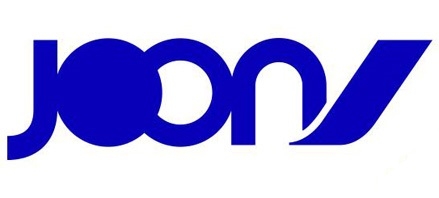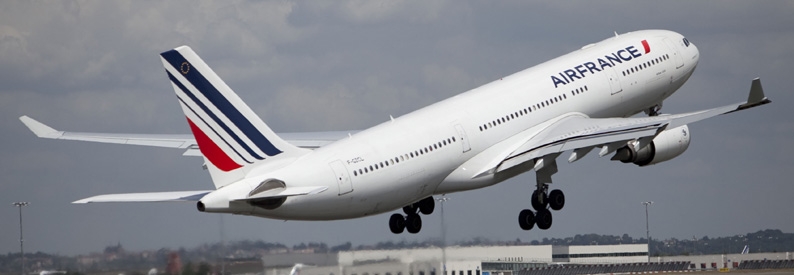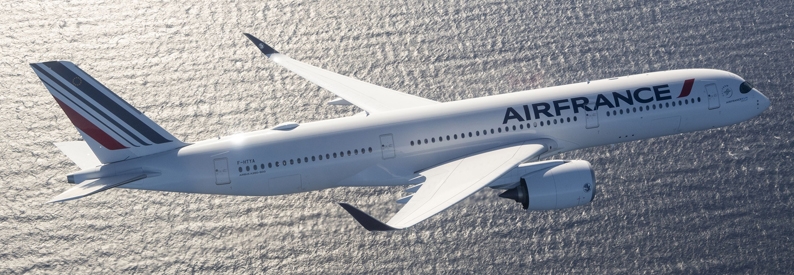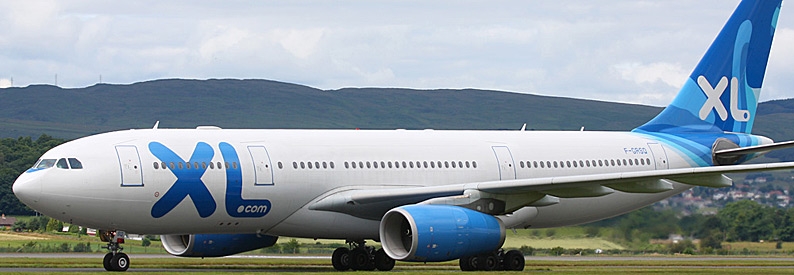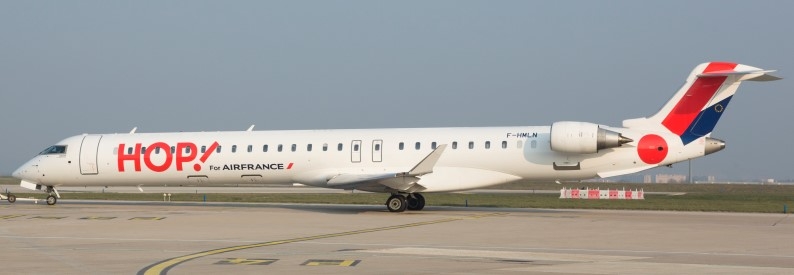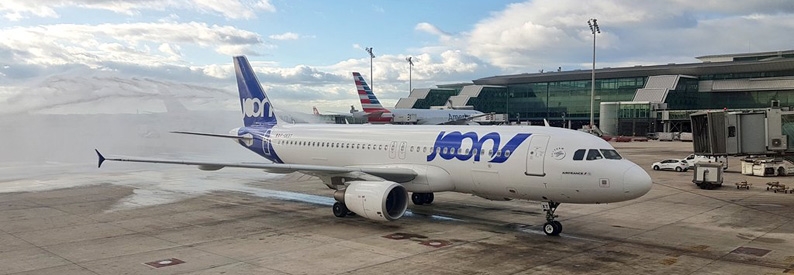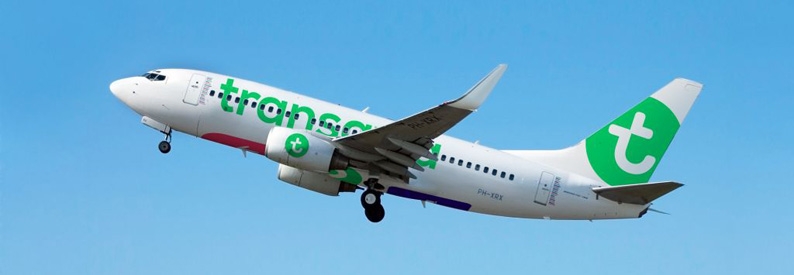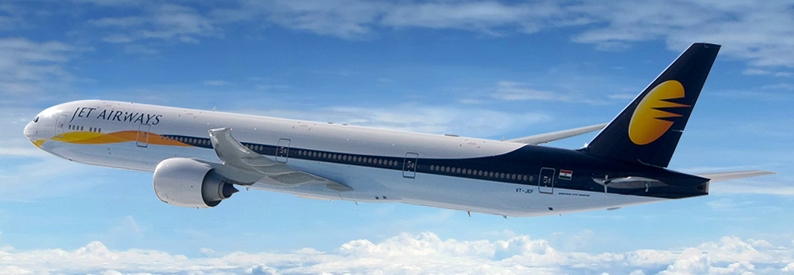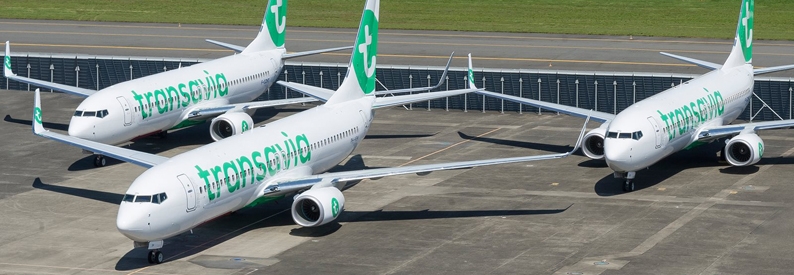Air France-KLM revealed information about its proposed low-cost carrier, Boost (Paris CDG), at its investor day last week. According to its presentation, the new subsidiary will kick-off in winter 2017, with plans to operate around 10% of Air France's operations by 2020.
Boost is intended to be a tool for the group to capture new customer segments, specifically the millennial market, with the deliberate aim "to regain the offensive on ultra-competitive routes".
The new carrier will wet-lease its aircraft from Air France – a total of eighteen medium-haul aircraft by 2018 and ten long-haul aircraft by 2020 – in a measure that will lead to unit cost savings of between 15 – 18% on Air France's costs. Savings will be achieved through revised labour agreements for cabin crews and reduced catering expenses due to moving to paid on-board food and drink options.
Boost will begin winter 2017 with six A321-200s, which will increase to eleven of the type by summer 2018. This period will also mark the introduction of long-haul aircraft, with the addition of three or four A340-300s. The first A350s are scheduled to be delivered winter 2019. By summer 2021, the mix is expected to be: six A320s, twelve A321s, and ten A350s.
For its medium-haul operations, Boost will operate several hubs to feed its proposed routes. For the long-haul, it plans to fly to a mix of Asian destinations, taking over some of Air France's loss-making routes. This would make up 70% of the new carrier's long-haul business, with the remaining 30% going to the opening up of new destinations.
The Boost project is the cornerstone of Air France-KLM chief executive Jean-Marc Janaillac's Trust Together restructuring plan. It has faced opposition from pilot and cabin crew unions, but nevertheless looks to be on track for its launch.
